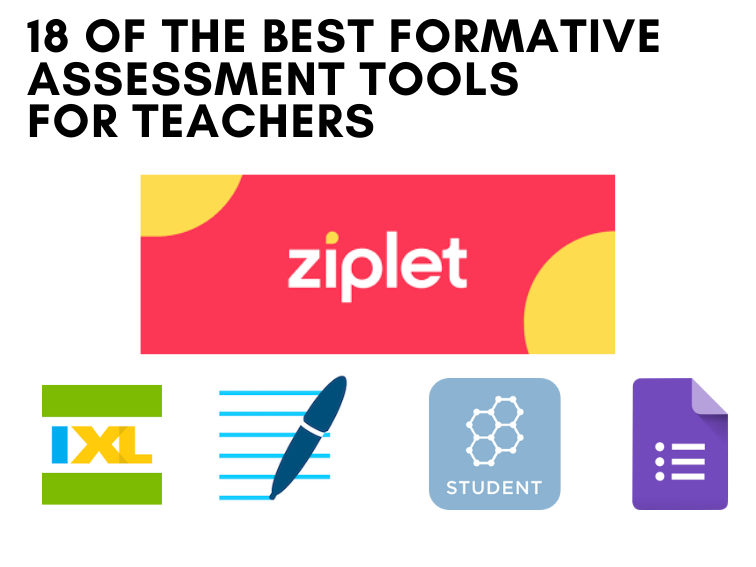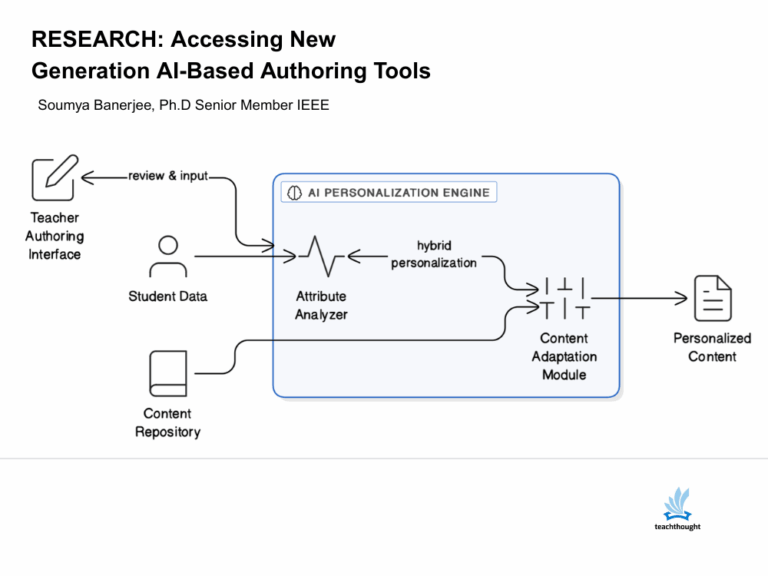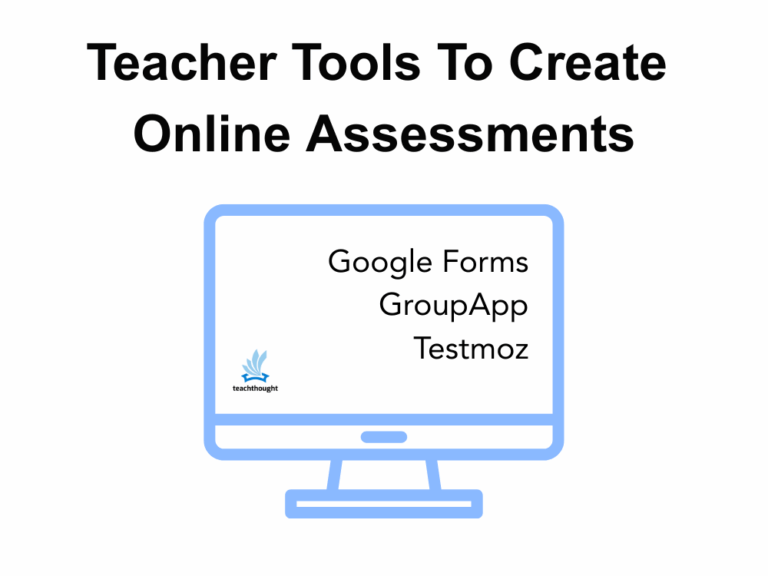A Strategic Guide to BYOD/BYOT for Schools and Districts
Developing a Framework for Responsible, Effective, and Equitable Technology Integration
Overview: Why Consider BYOT?
Bring Your Own Technology (BYOT), often called Bring Your Own Device (BYOD), refers to policies that allow students and staff to use their personally owned electronic devices for educational purposes on the school network. As student ownership of devices becomes nearly ubiquitous, districts can leverage these tools to expand access to digital resources, foster personalized learning, and prepare students for a technology-rich world. However, a successful program requires a holistic strategy addressing infrastructure, equity, security, and pedagogy.
BYOT Primer: Core Concepts for District Leaders
Before developing a policy, it’s crucial to understand the fundamental concepts and common misconceptions surrounding BYOT.
What BYOT Is vs. What It Isn’t
| BYOT Is… | BYOT Is NOT… |
|---|---|
| ✔ A strategy to leverage existing technology to enhance learning opportunities. | ❌ A replacement for a district’s responsibility to provide equitable access to technology for all students. |
| ✔ A pedagogical shift requiring new teaching methods and classroom management skills. | ❌ Simply a technology policy; it’s an instructional initiative first and foremost. |
| ✔ An opportunity to teach digital citizenship and personal responsibility in an authentic context. | ❌ A simple cost-saving measure. Funds saved on devices are often reinvested into network infrastructure and professional development. |
The Core Principles of a Successful BYOT Framework
A sustainable BYOT program is built upon four foundational pillars. Each must be carefully considered and planned for by district and school leadership.
1. Equitable Access and Digital Citizenship
The primary concern for any BYOT program is ensuring equity. It’s not enough to simply allow personal devices; districts must have a plan for students who do not have them. This includes a robust loaner device program and technology-rich common spaces. Furthermore, it’s critical to recognize that the digital divide extends beyond simple access. Research from Common Sense Media highlights the “homework gap,” where many students are “underconnected,” relying on a smartphone with limited data to complete schoolwork designed for a laptop and broadband connection. A true equity plan accounts for the quality of access, not just its existence.
2. Robust and Secure Infrastructure
A sudden influx of hundreds or thousands of devices will place significant strain on a school’s wireless network. The infrastructure must be assessed and upgraded to provide sufficient bandwidth and coverage. Network security is paramount, requiring robust content filtering, firewalls, and a segmented guest network for personal devices to protect the district’s core network infrastructure.
3. Student Data Privacy and Security
Allowing personal devices introduces new challenges for protecting student data. The district’s BYOT policy must include clear guidelines for vetting educational apps and online services for compliance with federal laws like the Family Educational Rights and Privacy Act (FERPA) and the Children’s Online Privacy Protection Act (CIPA). Teachers and students must be trained to understand what data is being collected by third-party tools and how it is used. Transparency with families on this topic is essential for building trust.
4. Teacher Autonomy and Pedagogical Purpose
BYOT should be an invitation, not a mandate. The most effective programs empower teachers with the professional autonomy to decide when and how devices support their learning objectives. The goal is not to use technology in every lesson, but to use it effectively when it enhances instruction. This requires ongoing, high-quality professional development focused on how to integrate devices in meaningful ways, moving beyond substitution-level tasks (e.g., typing an essay) toward transformative uses that foster collaboration, creativity, and critical thinking.
Putting BYOT into Practice: A Phased Implementation Guide
A thoughtful, phased rollout minimizes disruption and builds stakeholder buy-in. Rushing the process is a common cause of failure. Consider the following four phases for implementation.
Phase 1: Planning and Policy Development (3-6 Months)
Form a BYOT committee with diverse stakeholders. Conduct surveys to assess device access and readiness. Draft the AUP and related policies, and present them to the school board for approval.
Phase 2: Infrastructure and Professional Development (Summer Break)
Use this time to upgrade network infrastructure. Begin professional development sessions for teachers, focusing on policies and practical classroom strategies.
Focusing Professional Development with the SAMR Model
To guide teachers toward more meaningful technology use, frame professional development around the SAMR model. This framework helps educators reflect on their practice:
- Substitution: Tech acts as a direct substitute, with no functional change (e.g., typing a report instead of handwriting it).
- Augmentation: Tech still substitutes but with functional improvements (e.g., using a word processor’s spell check and formatting tools).
- Modification: Tech allows for significant task redesign (e.g., creating a multimedia report with embedded links and videos).
- Redefinition: Tech allows for the creation of new tasks, previously inconceivable (e.g., collaborating on a report in real-time with a classroom in another country).
Phase 3: Pilot Program (1 Semester)
Launch the BYOT program in a limited capacity—perhaps with a single grade level or department. Collect regular feedback from pilot teachers and students to identify and resolve issues before a full-scale launch.
Phase 4: Full Rollout and Continuous Improvement (Ongoing)
Based on the success of the pilot, roll out the program district-wide. Technology and teaching practices evolve, so the program should be reviewed annually. Continue to offer advanced professional development and update policies as needed.
Sample BYOT Policy Language (Non-Legalese)
Effective policies are clear, simple, and written for the intended audience. Avoid legal jargon in student- and parent-facing documents.
District BYOT Policy Development Template
Use this framework to build a comprehensive policy document for your district. Involve stakeholders in its creation and review it annually.
Citations & Further Resources
The following resources from university and research institutions provide a credible foundation for BYOT policy and practice.
- 1. Al-Adwan, A. S. (2020). *Bring Your Own Device (BYOD) in Higher Education: A Case Study of Instructors’ Perspectives*. University of Calgary.
- 2. Bransford, J. D., Brown, A. L., & Cocking, R. R. (Eds.). (2000). *How People Learn: Brain, Mind, Experience, and School*. National Academy Press.
- 3. Common Sense Media. (2021). *The Homework Gap: The ‘Cruelest Part of the Digital Divide’*. Provides data and context on device and internet quality gaps among students.
- 4. Means, B., Toyama, Y., Murphy, R., & Baki, M. (2013). *The Effectiveness of Online and Blended Learning: A Meta-Analysis of the Empirical Literature*. U.S. Department of Education.
- 5. Wong, K., & Hanafi, H. (2021). *A Review of Bring-Your-Own-Device (BYOD) Implementation in K-12 Education*. Michigan State University.





